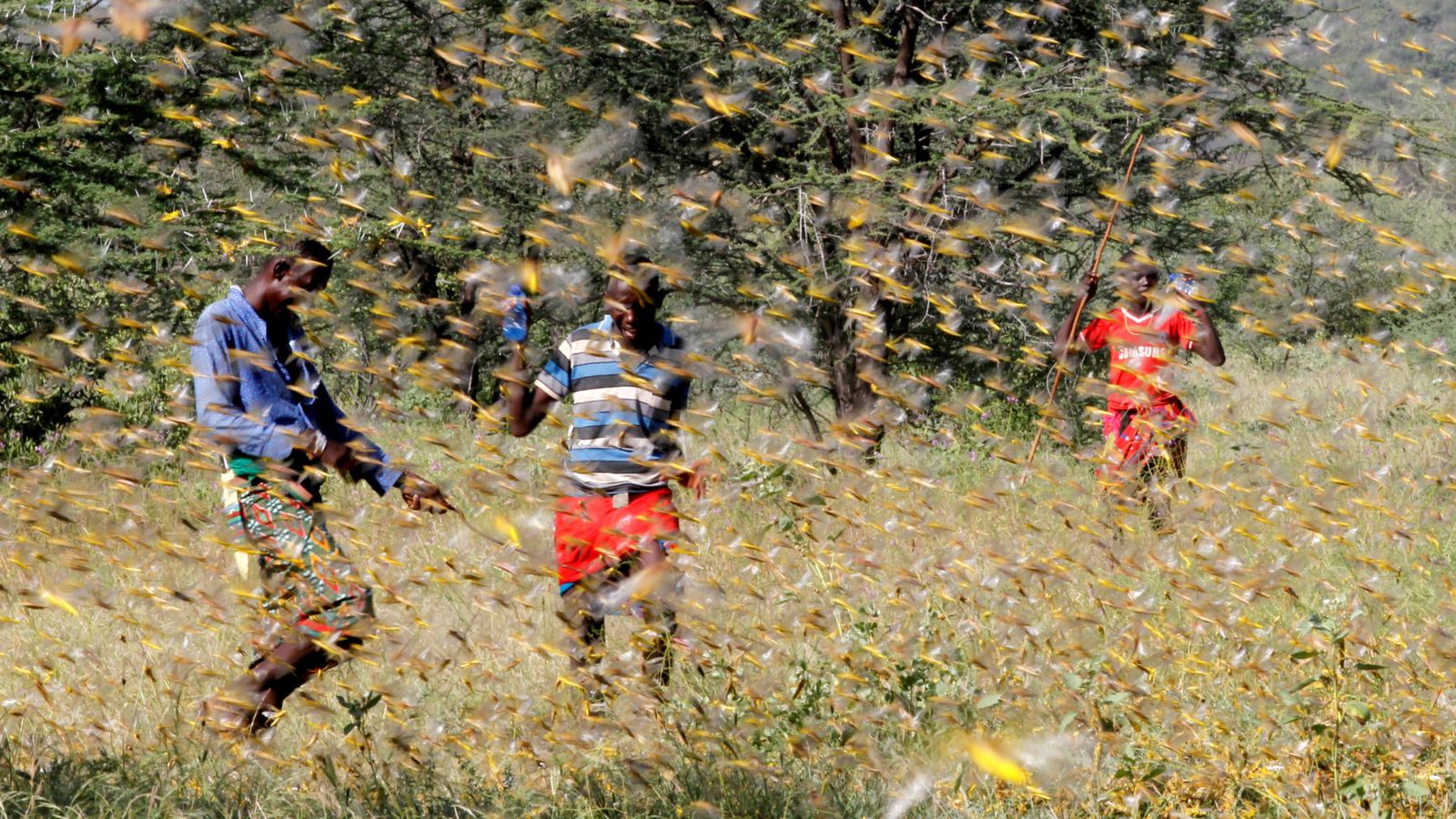
MOROTO – The pastoral community in Karamoja is in panic following reports that the deadly locusts that have attacked parts of Africa are only 60 kilometres away from Uganda.
The locusts are said to be advancing to Uganda through West Pokot County in Kenya to Amudat and via Turkana to Kaabong.
On Saturday, Feb 1, Kaabong and Amudat local governments formed committees to monitor the border.
The teams were directed to closely monitor the borders and report to the districts and the Ministry of Agriculture Animal Industry and Fisheries if they see anything similar to the ravenous insects.
Mr. Mark Abuku, the LCV Chairperson for Kaabong District said they have mobilised the community and pastoralists grazing along the border of Kaabong and Turkana to report anything unusual for proper management.
“We have made proper communication to the community and they are alert, they will tell us if the locusts reach their places,” he said.
In Amudat District, a selected committee is monitoring the border especially in the areas of Karita, Cheptapoyo, Konyao and Loro at the border of Kenya at West Pokot.
Mr. Waisaw Masokonyi the Chief Administrative Officer Amudat said his district has motor pumps that can help contain the situation in time of emergency.
The desert locusts according to the Food and Agriculture Organisation (FAO) are of a dangerous specie and have already destroyed vegetation in Kenya.
The locusts move in dense, crackling swarms which can contain as many as 80 million locusts.
FAO says the locusts live for up to five months, depending on the weather and local conditions.
They lay eggs that hatch in about two weeks, with locusts maturing to adulthood in two to four months on average. If nothing is done to stop them, the numbers could grow 500 times in four months.
The destructive locusts could destroy about 192m kilograms of vegetation in two days.
Mr. John Lokol, a pastoralist appealed to the government to respond quickly by stopping the deadly insects from entering the country.
“I don’t know how prepared our government is, because what we are hearing about what the locusts have done in Kenya is quite scary, especially for us who are the worst affected region in terms of green vegetation cover,” he said.





